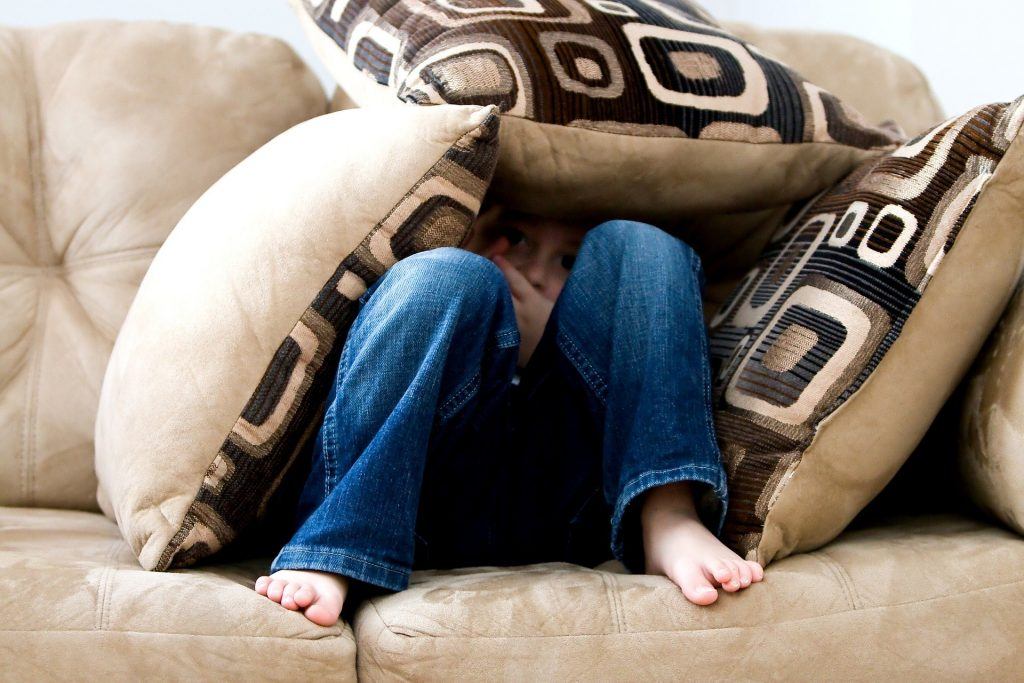
He Said, She Said: Admission of Hearsay Statements Regarding Child Sexual Abuse in Custody Cases: Part 11 of 12 Parts
by Jennifer Crissman, Attorney, Woodruff Family Law GroupIn this installment of our series for family law practitioners in Guilford and surrounding counties, we will discuss the case of State v. Burgess. In our hypothetical scenario, the two children made statements to their grandmother about the abuse by their uncle. Although the timing and circumstances surrounding the statements were not discussed, the statements could qualify for admission under the hearsay exception of excited utterances, Rule 803(2). The case of Burgess provides very clear guidance on this hearsay exception. State v. Burgess, 639 S.E.2d 68, 181 N.C.App. 27 (2007).
In Burgess, the child victim was sexually abused by her uncle. One evening the child was playing with her dolls and was placing the dolls in sexually suggestive positions. When the child’s mother saw this, she yelled at the child to stop playing with the dolls in that way. The following morning the mother asked the child if anyone had been touching her privates. The child told her mother that her uncle had been in her room the previous night, had touched her privates and that he scared her. The trial court allowed the statements made to the mother into evidence under Rule 803(2), the excited utterances hearsay exception, over the objections of Defendant.
On appeal, the court held that the statements were admissible as an excited utterance under Rule 803(2). The requirements for the statements to be deemed an excited utterance are 1) that there was experience startling enough to suspend reflective thought, and 2) the statement must be a spontaneous reaction not the result of reflection or fabrication. Even though there was a delay between the abuse and the statement to the mother, the court held that the statements qualified as an excited utterance. The court determined that the child made the statement after a sufficiently startling experience that suspending reflective thought, and the statement was a spontaneous reaction to the questions asked by the mother close in time after having been yelled at for positioning the dolls.
What makes this case particularly useful is its discussion of the timing issue between when the statements are made and the startling event. Burgess affirms that there is more flexibility surrounding the timing of the utterance and the startling event for young children under hearsay exception 803(2). In the instant case, the child made the statements within twenty-four hours of positioning the dolls and the abuse. However, the court noted that anywhere between two to five days had been found to qualify still as excited utterances for young children. This flexibility on timing is helpful where there is some uncertainty between the exact time of the startling event and the child’s statement.
In the final part of our series we will review the case of State v. Deanes, and the catchall “Other Exceptions” under Rule 803(24).
He Said, She Said Series
 North Carolina Divorce Lawyers Blog
North Carolina Divorce Lawyers Blog

